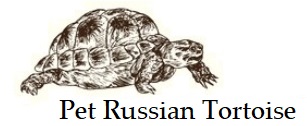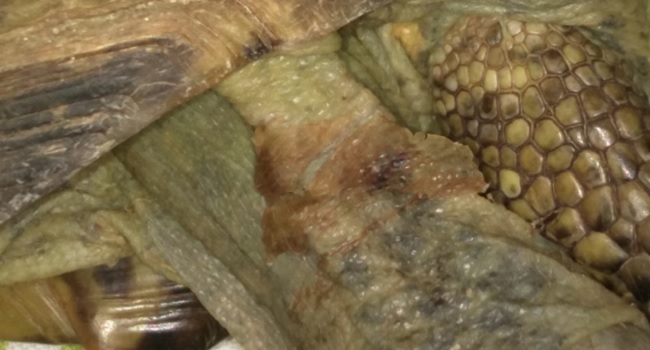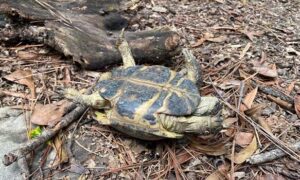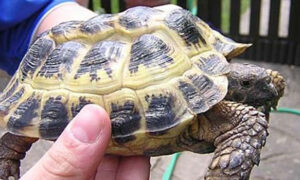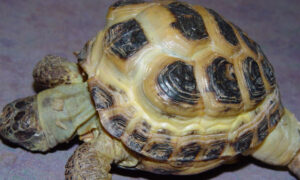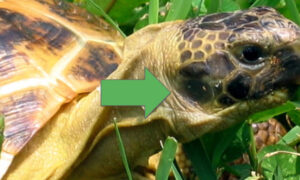Just like most reptiles, tortoises shed their skin as they grow. Shedding the old skin reveals new, healthy skin. Unlike snakes and many geckos, tortoises peel in patches, and they shed on a regular basis. So, if you see patches or flakes of skin peeling off your tortoise, it’s likely normal shed.
It is healthy for Russian tortoises to peel patches of skin instead of all at once like many other reptiles. Because tortoises have a hard shell, they can’t shed all at once. The shell is just in the way.
Do Tortoises Shed Scutes?
Tortoises do not shed their shell or the scutes on the shell. Turtles, on the other hand, do shed their scutes.
Baby Russian Tortoise Shedding
Baby tortoises will shed more than adult tortoises. This is normal as they have more growing to do.
Healthy Shedding in Russian Tortoises
Normally, Russian tortoises peel in small patches. Typically, shedding goes unnoticed. However if you notice large patches of skin peeling, your tortoise could be dehydrated or stressed.
Start by ensuring your tortoise has fresh water daily. Also make sure that you are soaking your Russian tortoise regularly.
If you notice that the skin is irritated or inflamed, it’s important to seek veterinary care. If the tortoise shell appears to be shedding or flaking, and you notice a discharge or odd smell, it is possible that the Russian tortoise has shell rot.
Why is My Russian Tortoise’s Skin Dry?
If you think your Russian tortoise has dry skin versus just shedding, the tortoise could be dehydrated.
Regular soaking will help loosen any dry, flaky skin. Regular soaks will also help hydrate your tortoise. Your tortoise will drink while soaking. Plus, tortoises will absorb some of the water through the thin skin under the throat and around the cloaca.
